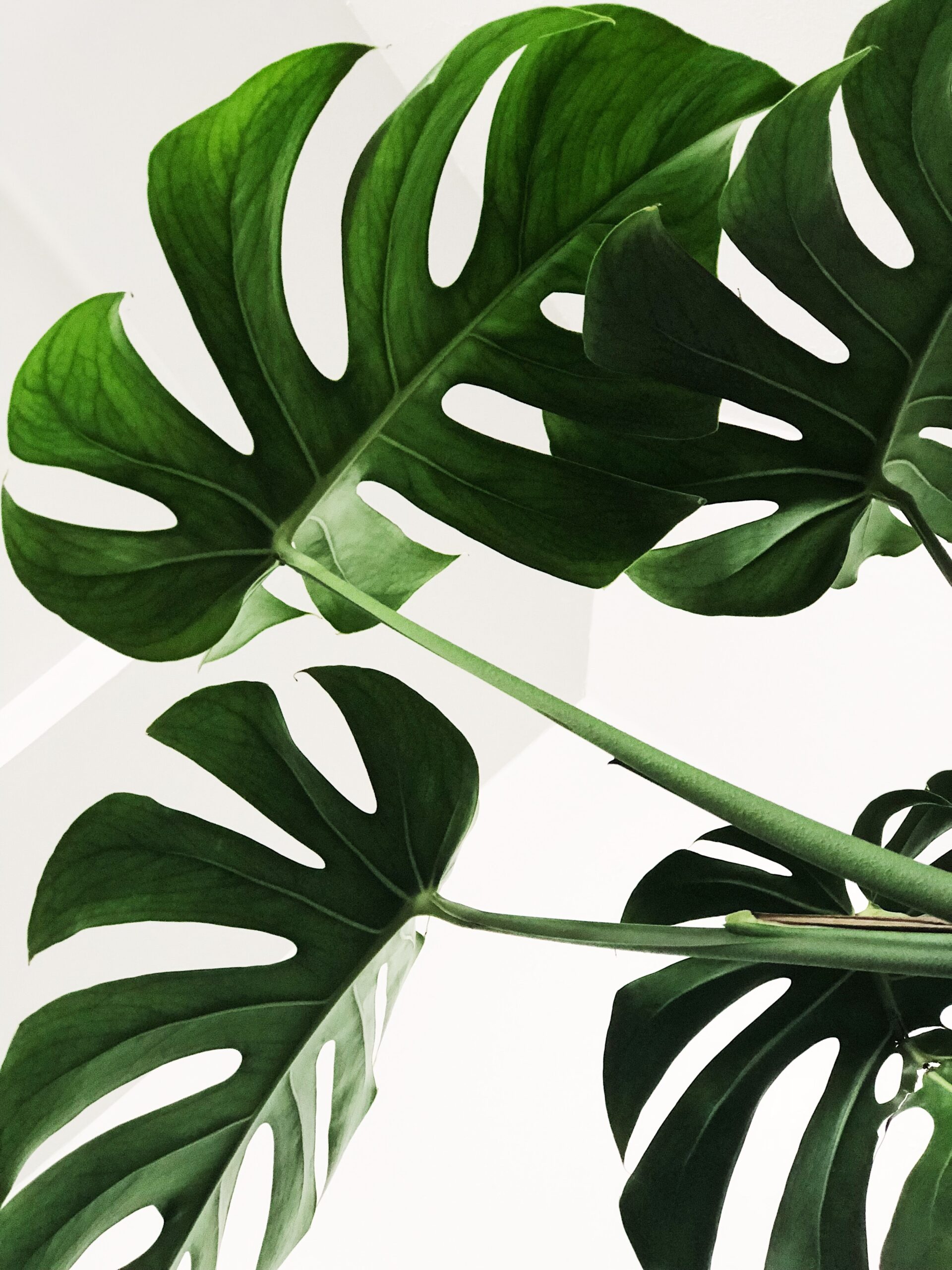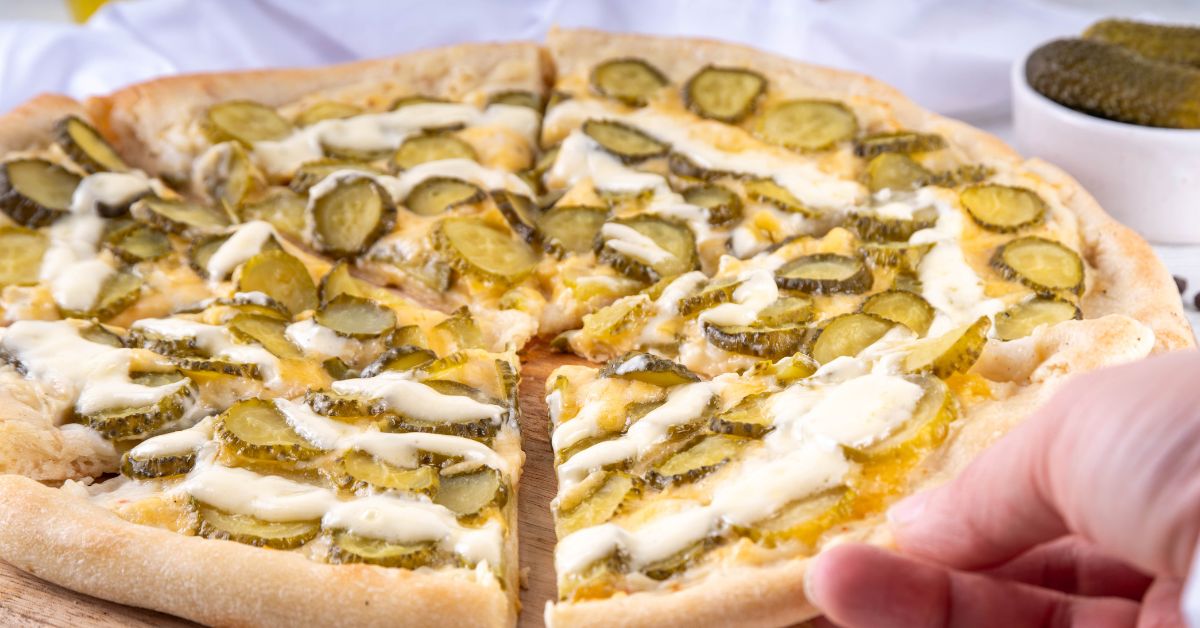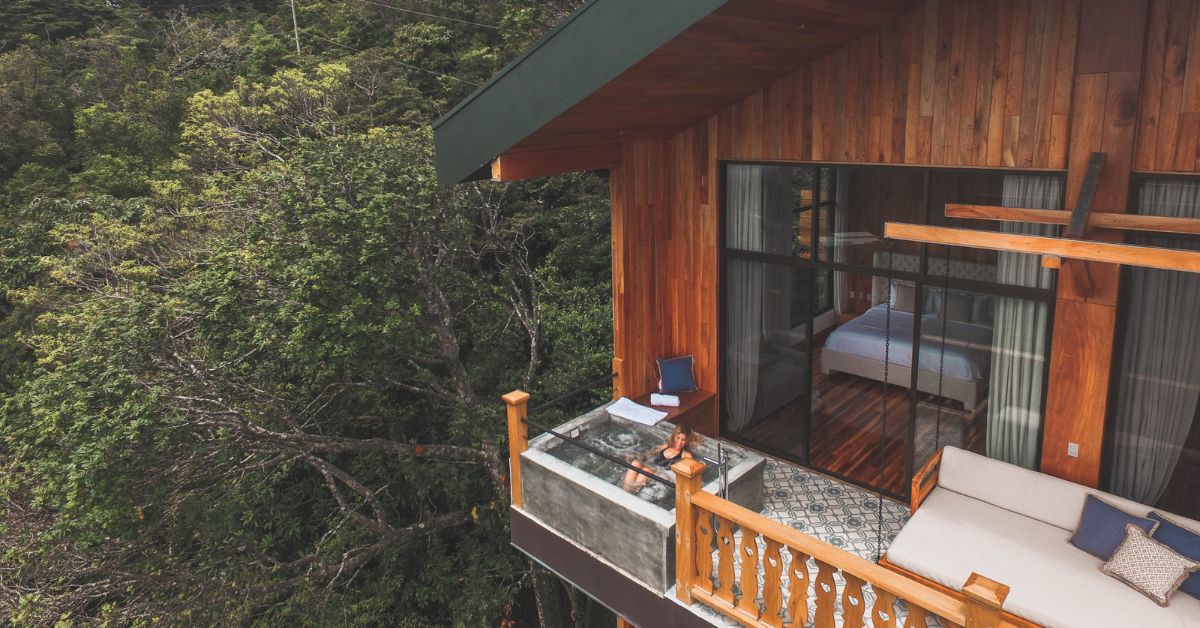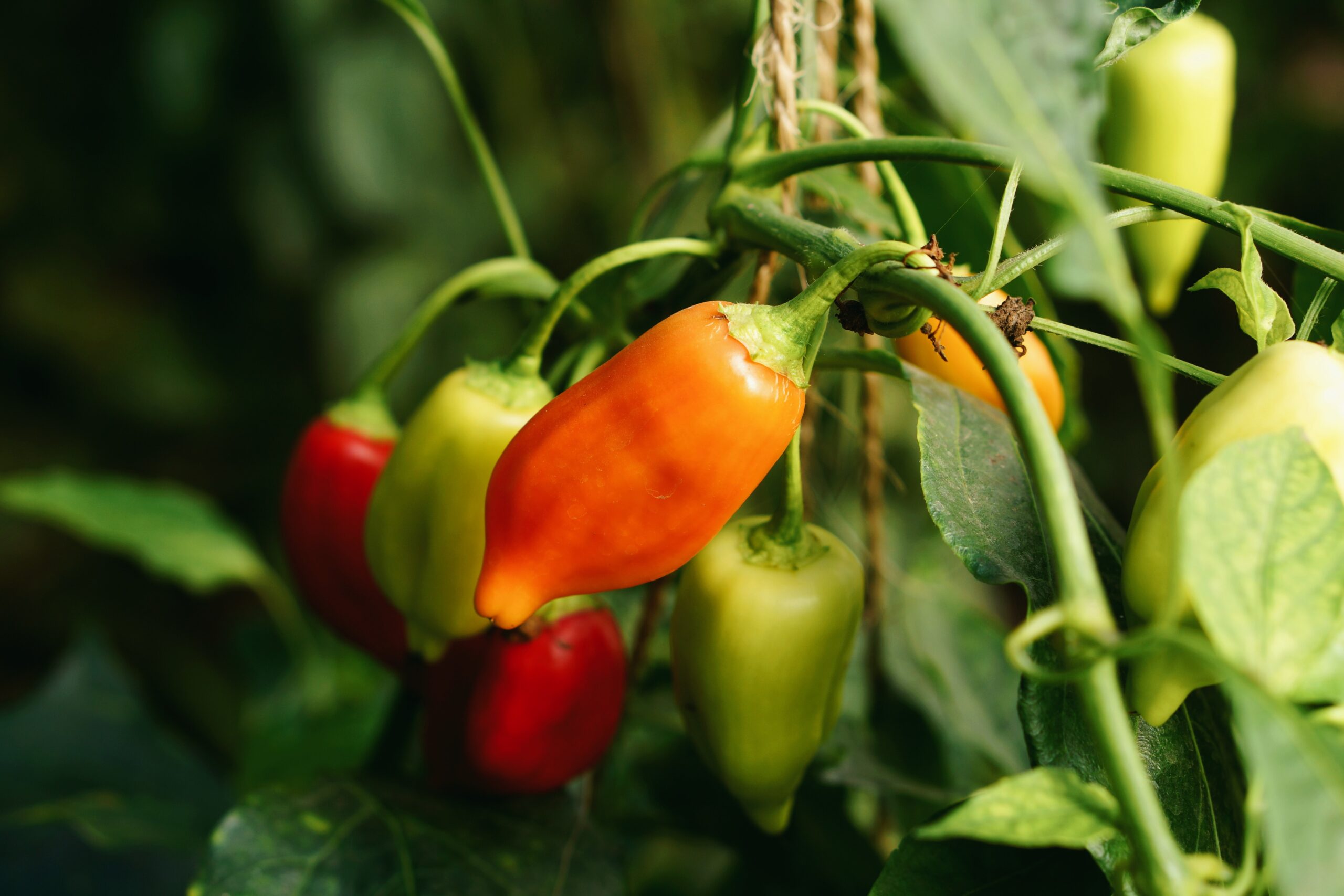
Jasbir Kooner
“My family owns a large garden centre in Orangeville, Ontario and I got my start as a grower actually building and maintaining gardens. I’m in love with all plants. I live in a small, north-facing apartment, which means less light year-round. I have a bunch of plants by my window mostly consisting of ferns, palms and other shade loving species.When growing indoors, plant metabolism slows down due to lower light and airflow, meaning they will grow slower and in turn need less water and food to survive.
In Orangeville, I used to have a nice patch of land for my garden, and if you’re outdoor gardening, the first step is spring cleaning—tidying up old foliage/plan matter from your perennials and annuals outside. Old, dead plant material will harbour pathogens or insect pests, so it's important to remove it and start with a clean garden. Add in fresh soil or mulch to enrich and reactive the healthy microbial activity in your bed.
The May 24 weekend gets busy, but Canadians get screwed every year because we can still see frost up until June. If you buy your annuals near May 24, be sure you have somewhere warm to keep them until you're certain frost is done for the year.
There’s thousands of different tropical strains and they range in degrees of light needs. A basic majesty palm doesn’t require too much. Not a lot of root space or tons of light. Simply keep them warm and watered lightly every couple of days and you can't go wrong. They’re easy unlike, say, Orchids. Orchids need a lot of humidity, indirect sunlight, special soil and are particular about their watering. Ferns and palms are my recommendation if you want to grow your first indoor garden this spring. They won't need a lot of maintenance and are more forgiving with watering."
Jasbir Kooner is the master grower for Flowr, a premium cannabis brand based in BC. Jasbir's favorite two strains he grows are Black Cherry and Lemon Ice, and he says be on the look out for his Mango Melong OG this spring.
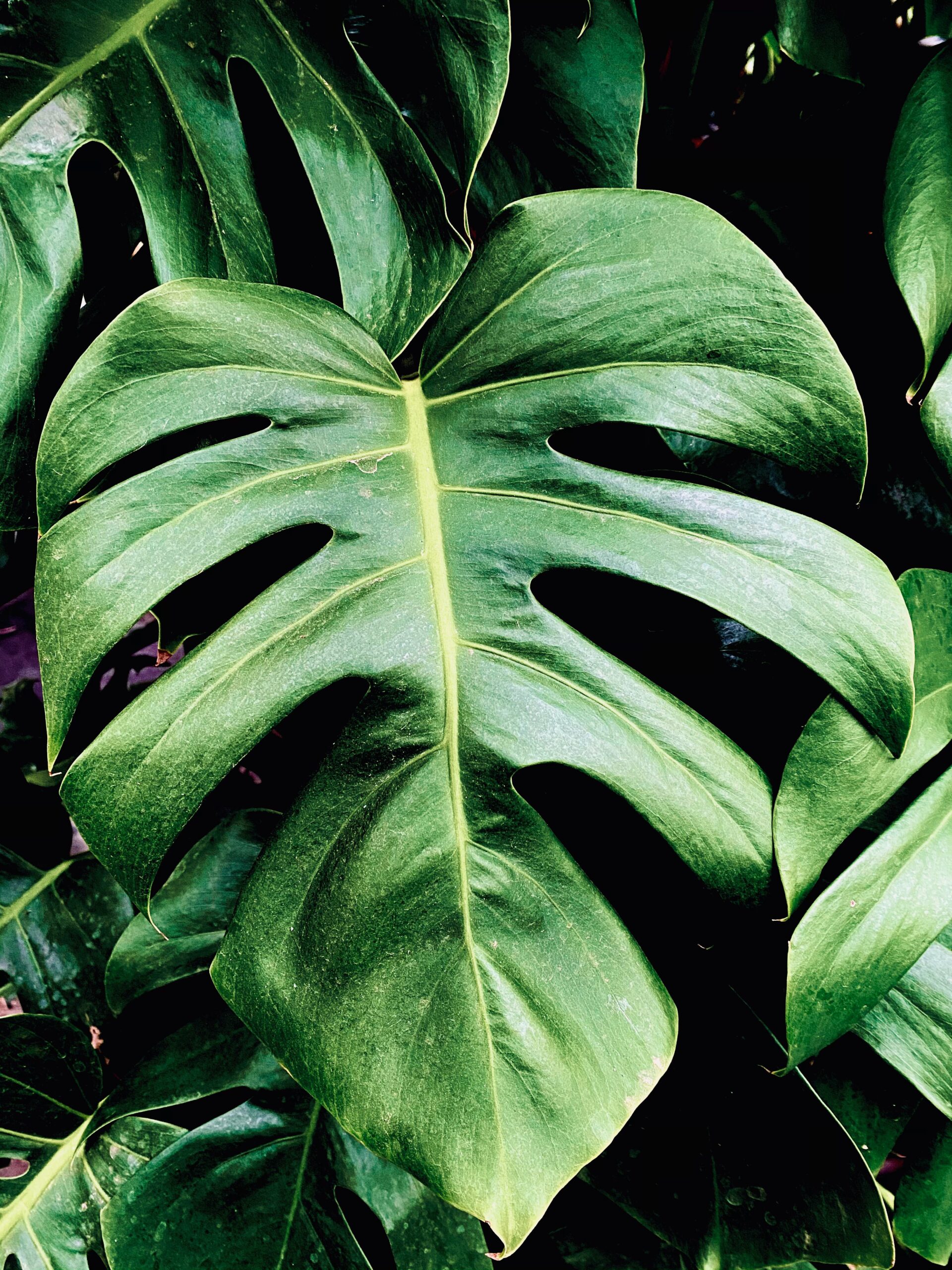
Jon Whitaker
“When growing, pH management is one of the most important factors. You can have the best nutrients, environment and plant genetics, but if the pH balance is not in the proper zone, plants can’t absorb the food. First, you need to know the pH of your soil. On a scale of 0 –14: tap water is normally pH 7, 0-7 is on the acidic side and 7-14 is on the alkaline side with 7 being neutral. The pH you want for most plants is somewhere between 5.6 - 7.0. Before you start your garden, try a pH home test. Trust me. Personally, I live in a pine forest and so my soil is acidic, so I add lime to the ground which increases the soil pH and helps the plants grow.
I grow everything, but my favourite plants to grow are hot peppers—extremely hot peppers. I’ve traded seeds with Chilli heads for 15 years and the first thing you need to know about growing hot peppers is to start your peppers early. I start mine in March or April so they’re ripening by the time they get summer sun. Hot peppers prefer a sandy soil, but the key is to provide a good nutritional balance, whether it’s an organic or chemical base. I use Gaia Green organic-based fertilizers that contain all your micro and macro nutrients as my base, and then make my own feed for fertigation. I grow these in my backyard, but you can also grow these on a balcony in the city against a south-facing wall. Just make sure the pot you use for your potted plant isn’t black – that cooks your roots. You can wrap your roots in a white basket or even spray paint the outside of the pot.
Remember, every plant feeds differently. Some need one cup a day, whereas others can take up to two gallons. If you see your leaves droop, it’s a sign your plant is too dry. And if you want to grow vegetables, cucumbers are easy to grow. It takes about two months for you to get your first fruit – then remove it, and let more energy go to the rest of the plant. You will be rewarded with a more bountiful harvest very soon.
And one last thing about growing hot peppers. Hang that bad boy upside down and dry it for a few weeks, that gets you peak heat and they store for a year.”
Jon Whittaker is a Master Grower at Canopy Growth, overseeing cultivation for Tweed, Doja and more. Whittaker's current favourite strains to grow are 91K
and Legendary Larry (both from Doja), and he says to be on the lookout for his Garlic Chem this spring.
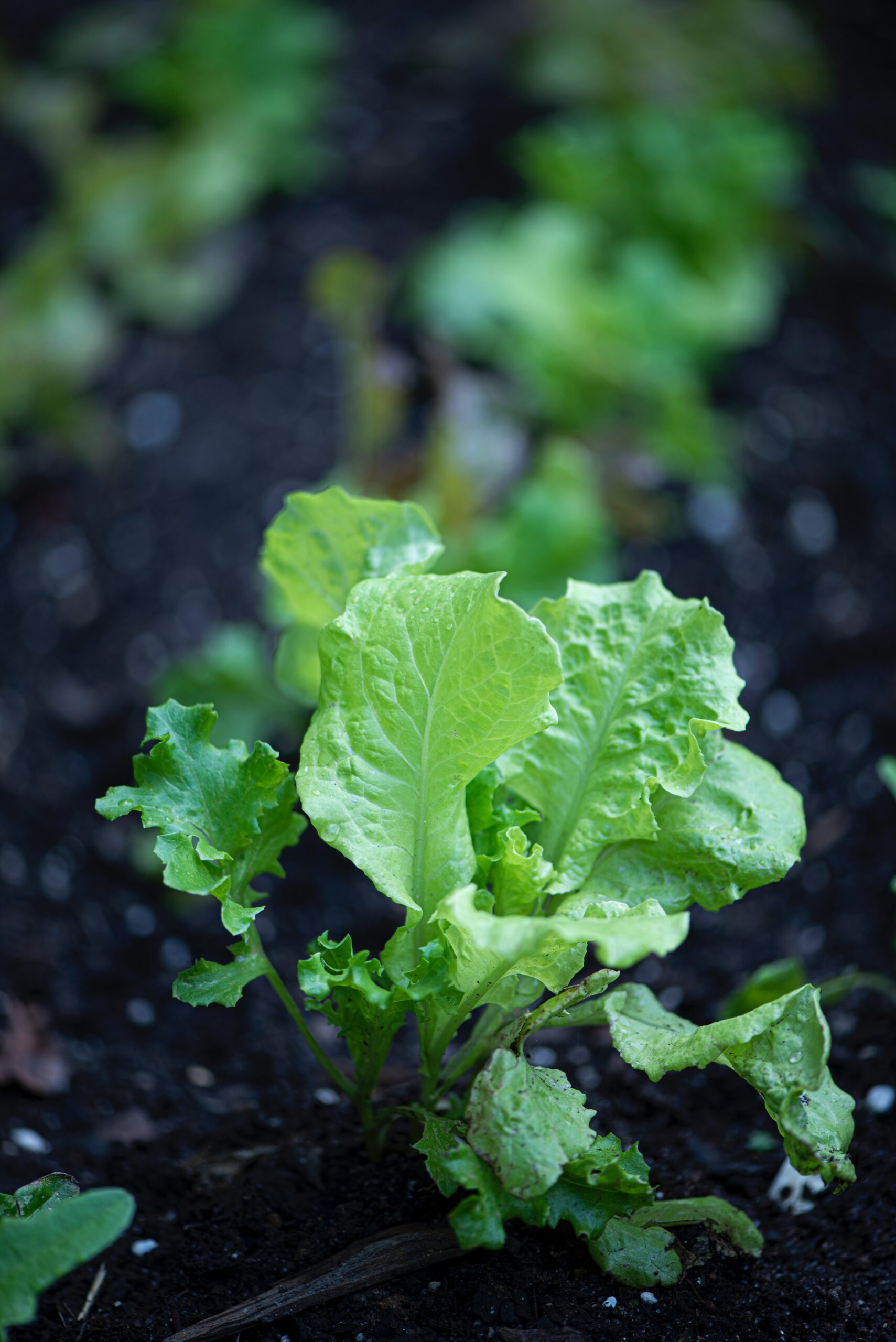
Kris LeBlanc
“People need to make sure they have a large enough pot for their plants. And top dress! Every two or three weeks add a little soil or compost to the top and keeping adding that as the plant slowly imbues with the soil—add compost, and don’t overwater. That’s the biggest thing. The plant will show it if you over water by going yellow at the root or having its leaves droop or curl. Me personally, all I grow is food and cannabis. My wife runs our garden but I know as early as April, as soon as you can kick open the dirt, start spreading your seeds. The sooner you get them germinating, the sooner they’ll grow.
If you have children, I recommend growing lettuce, spinach and greens. Stuff they can eat and show them value from their garden. A four-foot patch of salad greens and you can eat off that for two months. Carrots are also fun to do with the kids. I started farming carrots and every time I pulled a handful I’d feel success in my heart.”
Kris LeBlanc is the master grower for The Green Organic Dutchman, and his favourite two strains he grows are Maple Kush and Cherry Mint, and he says be on the lookout for his Sugar Bush this spring.
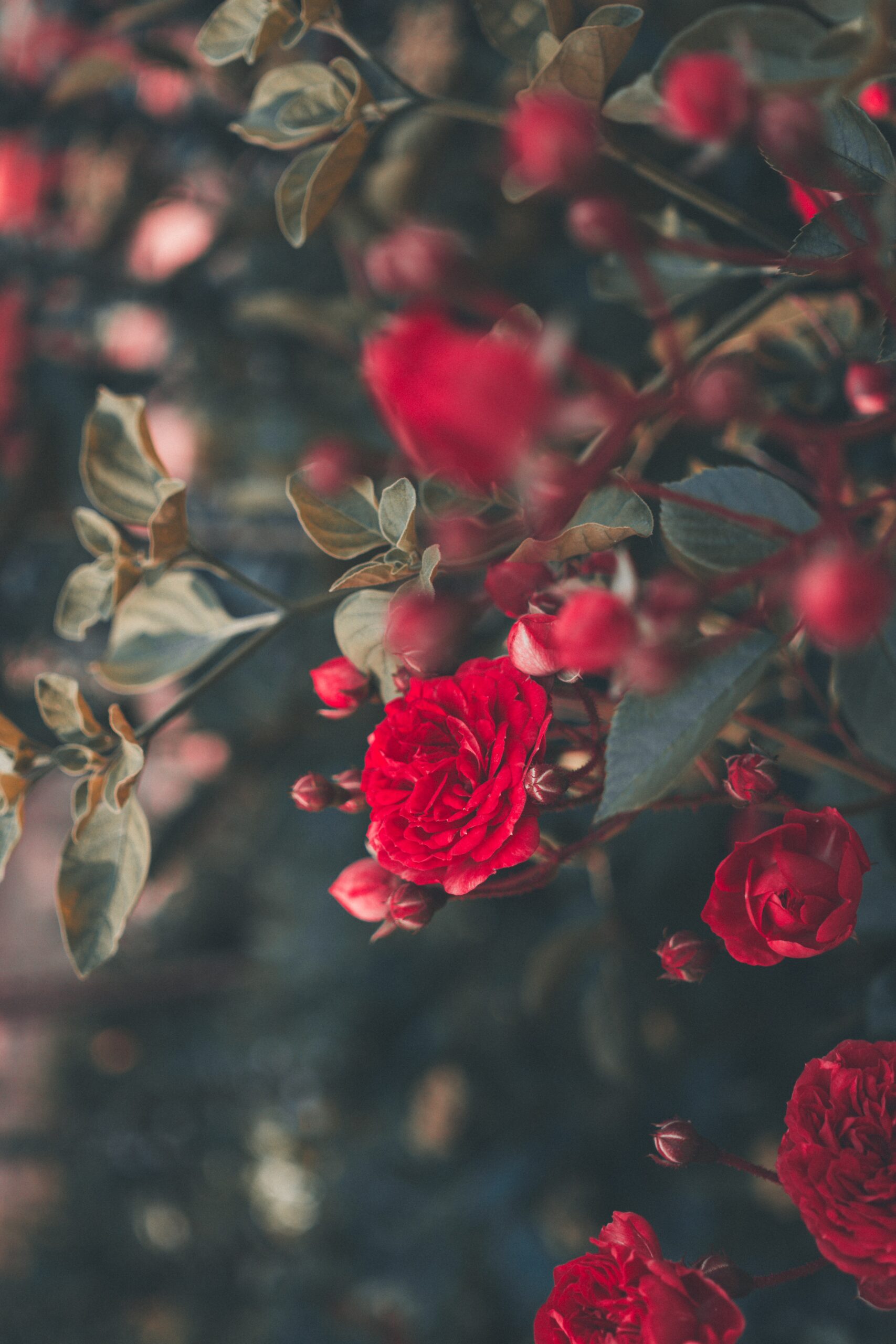
Emily Boucher
“Roses are my favourite thing to grow. I have a really small yard and it’s very wet on Vancouver Island but I love companion planting—mixing beneficial plants into my vegetable garden. Flowers bring me great joy and that’s why companion planting, having something in the garden to feed our birds and bees and deter pests naturally, makes a garden feel long-term. I mix perennials like chives and lavender with a companion plant like tomatoes and then my garden feels purposeful, it’s not just for consumption. But I do still have a place for roses.
When I finished horticulture school, I worked in a retail nursery with hundreds of rose genetics and they’re difficult to grow—it takes a green thumb—but you get it eventually, and it makes you appreciate it even more in the end.
The key is pruning our roses and long-term planning. Find a hot, sunny spot where they get water, but not just on top, we need to feed the soil.
Of course I love to grow tomatoes and chamomile and cilantro and if you pick the right plant, something like zucchini, you can grow them vertically, so it doesn’t require that much space.
A few rules of thumb for your springtime garden: don’t bite off more than you can chew. Stay modest. And have fun with the seeds. Oh, and if it grows well in your neighbour’s garden, odds are it will grow well in your garden, too. I’m also very delighted by the hummingbirds my summer begonias attract.”
Emily Boucher is a cultivation supervisor for Aurora Coast in the Comox Valley. She enjoys the uniqueness of working with hundreds of cultivars in a breeding and genetics facility, and she says be on the lookout for San Rafael ‘71 Farm Gas this spring.

